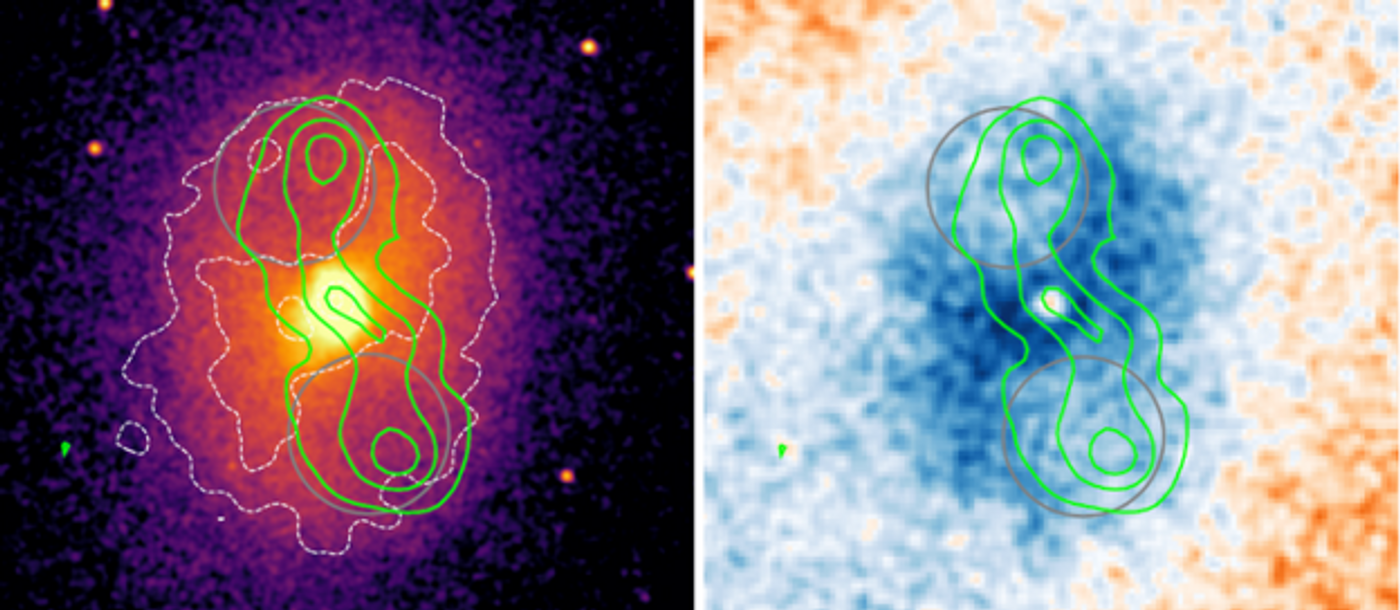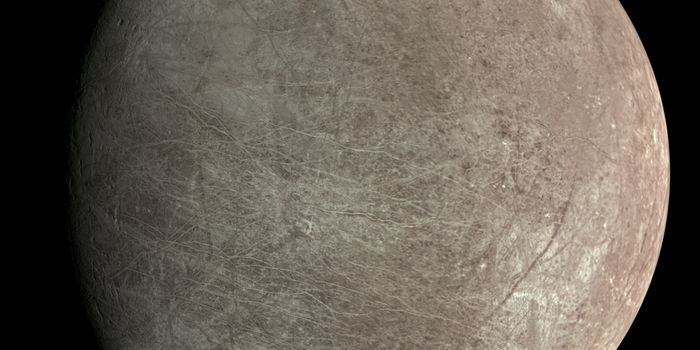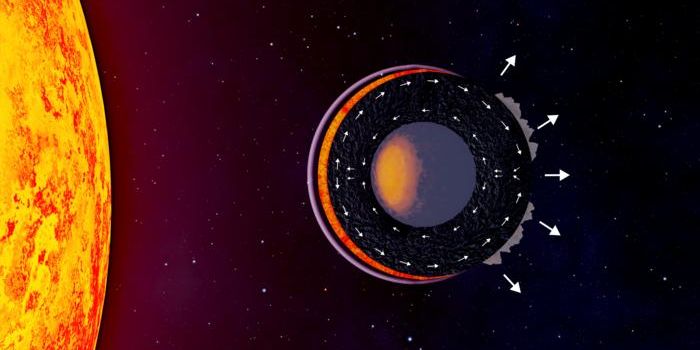Unpacking the Secrets of Black Hole Jets
New data from the National Science Foundation’s Greenbank Telescope (GBT) in West Virginia reveals the secrets of black hole jets.
Supermassive black holes reside in the center of galaxies. While they are popularly known for swallowing everything in sight, they also emit huge streams of scorching plasma, also known as astrophysical jets.
These jets are made of ionized matter, and when they erupt from black holes, they push plasma out of their way and leave behind vacuous cavities. However, displacing such a large amount of energy requires a massive amount of energy, which has puzzled astrophysicists for decades. By studying what is left behind in these cavities, the researchers reason that they can determine what causes them.
The research was led by Jack Orlowski-Scherer, research fellow at McGill University in Montreal. It was published on November 8 in Astronomy and Astrophysics.
Using data collected by the GBT and observations from NASA’s Chandra X-Ray telescope, Orlowski-Scherer and his team gained insight into the cavities left by these jets.
The astronomers used the MUSTANG-2 receiver on GBT to measure the Sunyaev-Zeldovich (SZ) effect. The SZ effect is the distortion of the cosmic microwave background radiation due to galaxy clusters, and by measuring the SZ effect at 90 GHz, the researchers can measure thermal pressure.
Like previous studies, they confirmed that a portion of the pressure in these cavities is provided by non-thermal sources, such as cosmic rays, turbulence, magnetic fields, and particles that move at relativistic speeds.
They also discovered that the cause behind the pressure in the cavities is more complicated than previously thought, with both non-thermal and thermal contributions.
While Orlowski-Scherer’s research is the deepest, high-fidelity SZ imaging of the thermodynamic state of cavities carved out by black hole jets, he already has his sights set on future projects. He wants to observe the cavities under other frequencies to gain a complete understanding of black hole jets.
“This work will help us better understand the physics of galaxy clusters and the cooling flow feedback problem that has vexed many of us for some time,” he said.
Source: Astronomy and Astrophysics, EurekAlert









